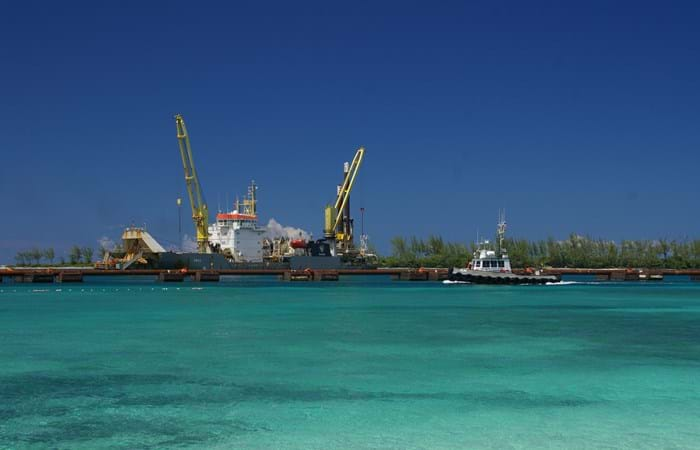In April 2009 Royal Boskalis Westminster N.V. was awarded the contract for the extension of the cruise terminal in Nassau from the Ministry of Works and Transport of the Government of the Bahamas. The contract was worth approximately USD 44 million and the project was completed in the first six months of 2010.
To handle the latest generation of mega-cruisers of the 'Genesis' class, the Government of the Bahamas had ordered the port's cruiser terminal to be extended. Part of the extension was completed by late 2009 in order to welcome Royal Caribbean's mega-cruise vessel Oasis of the Seas. The assignment included the extension and widening of the entrance channel and was executed with a jumbo cutter suction dredger. Approximately 1.5 million m3 of sand and rock was dredged which was used to enlarge an existing island close to the cruise terminal. A subcontractor constructed a new dam wall around the island and build a number of new mooring dolphins for cruise liners.
